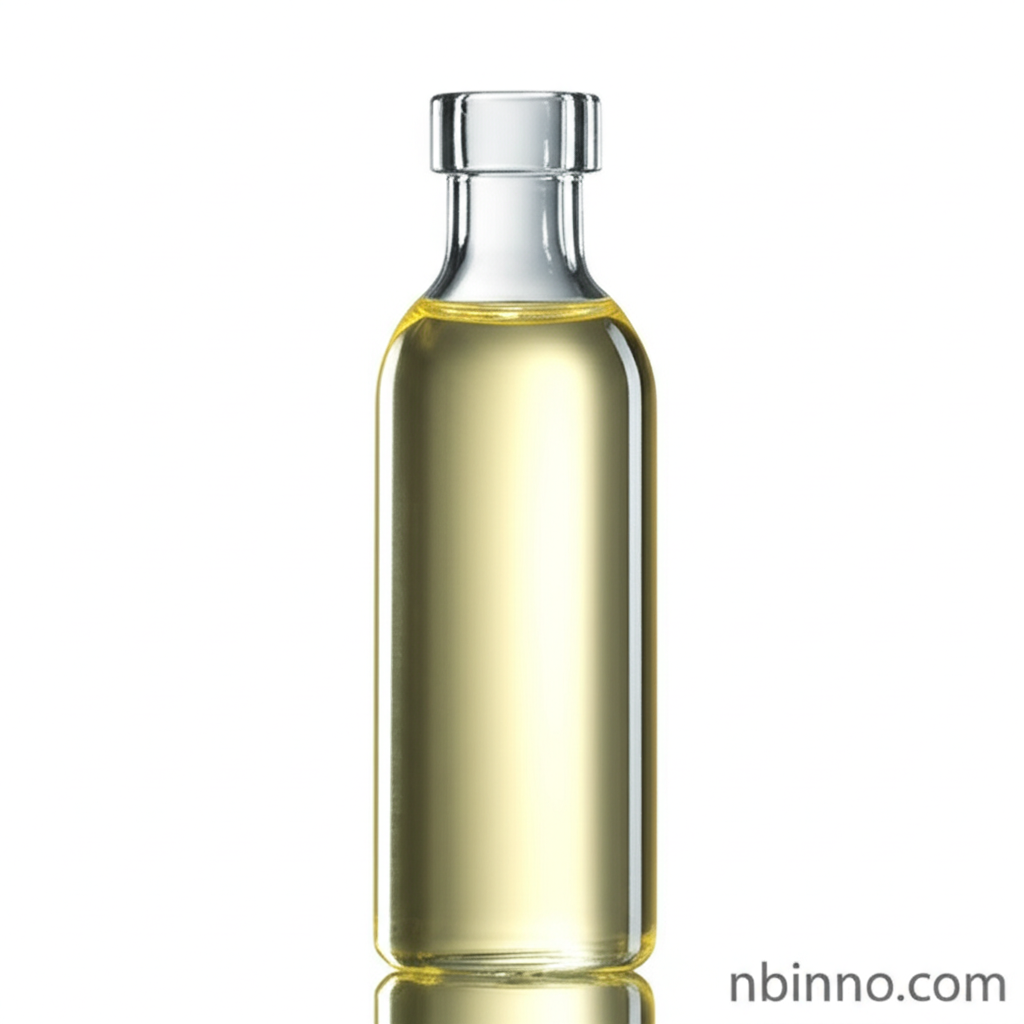Unlock Advanced Synthesis: The Role of (2-Bromoethynyl)triisopropylsilane in Modern Chemistry
Discover the essential properties and versatile applications of a key organosilicon compound in chemical synthesis.
Get a Quote & SampleProduct Core Value

(Bromoethynyl)triisopropylsilane
As a sterically hindered organosilicon protective agent, (2-Bromoethynyl)triisopropylsilane plays a crucial role in modern organic synthesis. Its ability to selectively protect various types of hydroxyl groups, particularly in complex, multifunctional compounds, makes it an invaluable tool for chemists. This compound is instrumental in the precise construction of molecules, facilitating intricate synthetic pathways.
- Protecting hydroxyl groups with silanes is a fundamental strategy in multi-step organic synthesis, and this silane offers robust protection.
- Its function as an alkynylating reagent in organic synthesis enables the introduction of the ethynyl group, vital for building carbon skeletons.
- The compound is critical in the synthesis of nucleosides and nucleotides, essential components of DNA and RNA, highlighting its biochemical relevance.
- As a silane building block for chemical synthesis, it offers chemists a reliable starting material for creating novel compounds with desired properties.
Advantages Offered by the Product
Selective Protection
Leverage the power of protecting hydroxyl groups with silanes to achieve chemoselective transformations, minimizing unwanted side reactions in complex molecular architectures.
Catalytic Versatility
Enable precise C-C bond formation through its role as an alkynylating reagent in organic synthesis, particularly in palladium-catalyzed C(sp2)–H alkynylation reactions.
Biomolecule Synthesis
Facilitate the efficient synthesis of nucleosides and nucleotides, crucial for research in molecular biology, pharmaceuticals, and genetic engineering.
Key Applications
Organic Synthesis
As a versatile reagent, it is fundamental for complex molecular assembly, playing a key role in various silane building blocks for chemical synthesis.
Pharmaceutical Intermediates
Its precise protective capabilities and role in alkynylation make it a valuable intermediate in the development of new drug candidates and active pharmaceutical ingredients.
Biochemical Research
Crucial for the controlled synthesis of biomolecules like nucleosides and nucleotides, aiding in advancements in molecular biology and genetics.
Material Science
Exploration of its unique organosilicon structure opens avenues for novel material development, leveraging its properties as a specialty chemical.
